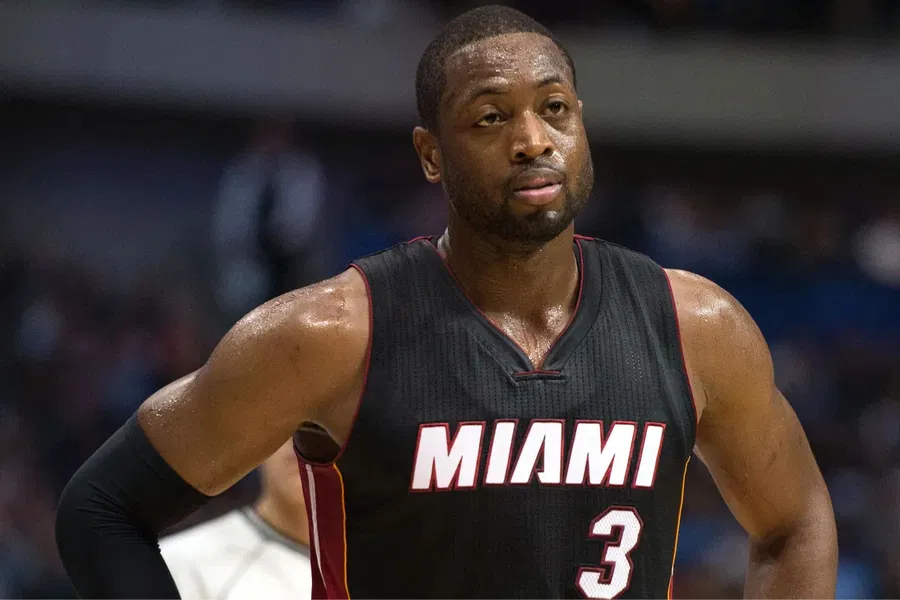Dwyane Wade and Erik Spoelstra are widely recognized as two of the central figures in the Miami Heat’s championship legacy. While their relationship is now built on mutual respect and trust, it wasn’t always smooth sailing. In fact, early in Spoelstra’s head coaching career, there was a period of tension between the two that could’ve gone in a very different direction.
In a recent episode of his podcast, Wade shared insight into those early challenges. Back then, he was used to playing nearly 40 minutes a game—standard for someone carrying a franchise. But once Spoelstra took over the team, he made a deliberate decision to reduce Wade’s time on the floor to about 34 minutes per game.
Wade admitted that the decision didn’t sit well with him at first. From his perspective, it felt like a threat to his productivity and value. “I was upset,” Wade recalled. “I thought it was affecting my stats and reducing my impact on the game.”
That reaction was understandable. Wade had been the cornerstone of the Heat’s offense for years, and any reduction in playing time naturally felt like a reduction in importance. Moreover, stats and minutes often play a role in contract negotiations and player reputation, so the change wasn’t just physical—it was personal.
However, Spoelstra had a bigger plan. He noticed that Wade was trying to conserve energy while on the floor—pacing himself to last through games. Instead of allowing that, Spoelstra chose to reduce his star player’s minutes in a way that allowed him to play harder in shorter stretches. With time, Wade came to see the wisdom behind the approach.
Statistically, the shift paid off. In the seasons leading up to the change, Wade averaged about 38 minutes per game and scored over 25 points with a shooting percentage just under 49%. After Spoelstra adjusted his minutes, Wade’s time on court dropped to around 32.5 minutes per game. But despite the reduction, he continued scoring over 20 points per game, with an even better field goal percentage nearing 50%. The adjustment allowed Wade to stay effective and preserve his health over a longer span.
This was far from the first time Spoelstra had a hand in Wade’s development. Long before he became head coach in 2008, Spoelstra had already been involved in building Wade’s skill set. Starting as a video coordinator in 1995, Spoelstra worked his way up through the Heat organization and became an assistant coach by 1999. He was instrumental in refining Wade’s jump shot and off-ball movement when Wade entered the league in 2003.
Wade’s midrange game was a work in progress in his rookie year, but Spoelstra invested time helping him improve his form, release, and movement. By the 2005–06 season—when the Heat won their first title—Wade was shooting nearly 50% from the floor. Spoelstra’s coaching behind the scenes had clearly paid off.
Once Spoelstra took the helm as head coach, his relationship with Wade continued to evolve. While they had early friction, their partnership blossomed into one of the most successful in NBA history. Together, they achieved a 381–252 regular season record and a 70–47 playoff record, culminating in back-to-back championships in 2012 and 2013.
The initial tension over reduced minutes turned out to be a turning point. It showed Spoelstra’s willingness to make tough calls and Wade’s eventual trust in his coach’s vision. In hindsight, that moment was less about a disagreement and more about a growing understanding between two professionals building a dynasty together.
